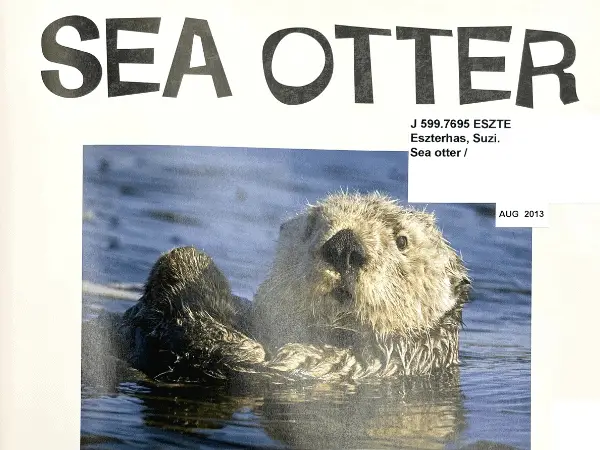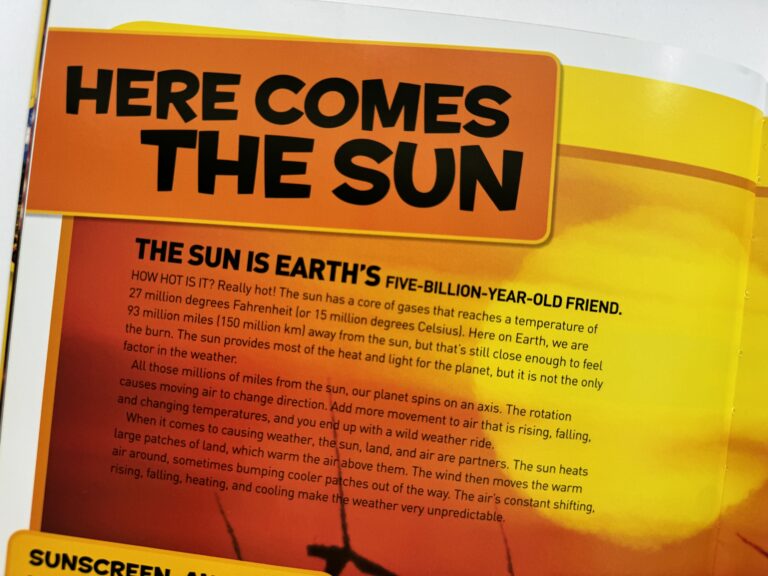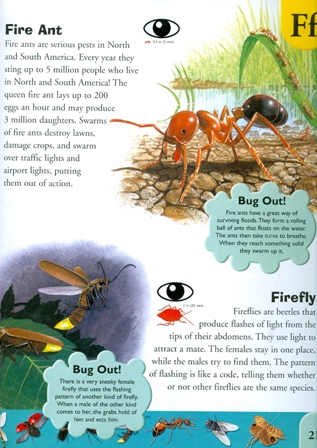True or False
True or False
True or False: A nonfiction text give real or factual information.
What is True.
What is this text Feature?

What is this text feature with the large cow and how does it help me to better understand the text?

This is a photograph and it helps me to understand what calves look like.
True or False: The reason an author writes a nonfiction text is so we can learn something new about a topic. To inform us.
What is True.
What is the text feature highlighted in green?
What is a caption.
What is this text feature? What can I learn using this text feature at the top of the page?

This is a heading. I can learn facts about the sun.
True or False: In a nonfiction text, we have characters and how they face their problems.
What is False. In nonfiction text their are real people with real events in everyday life.
What are the 2 text features we can see below?

What is diagram and labels.
What is the text feature near the Fire ant? What can the reader learn about Fire ants using this text feature?

This is a caption and it tells me more about fire ants and what they can do near the water.
True or False: In a nonfiction text, you must read everything from start to finish. Meaning you can't skip around in the book.
False: A nonfiction text does not have to be read in order. This is why we have the table of contents so that we can go to one particular section and read.
What is the difference between the table of contents and the glossary?
What is table of contents is found in the front of the text and shows headings and pages numbers found in the text.
Glossary is located at the back of the text and gives definitions or meanings to the bold words found in the text.
What is this text feature? What can we learn about the elephant using this text feature?

This is a diagram and it shows all the parts of the elephant and how the elephant uses this parts for survival.
